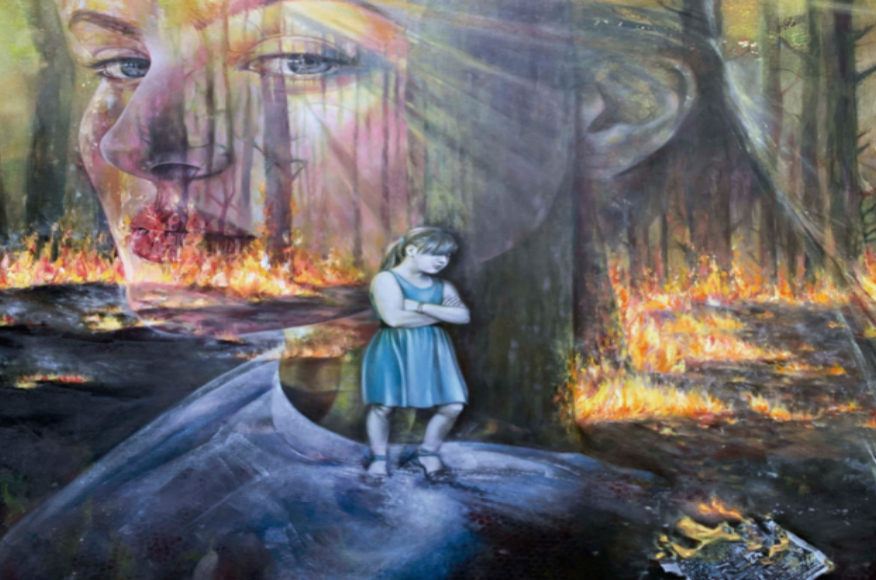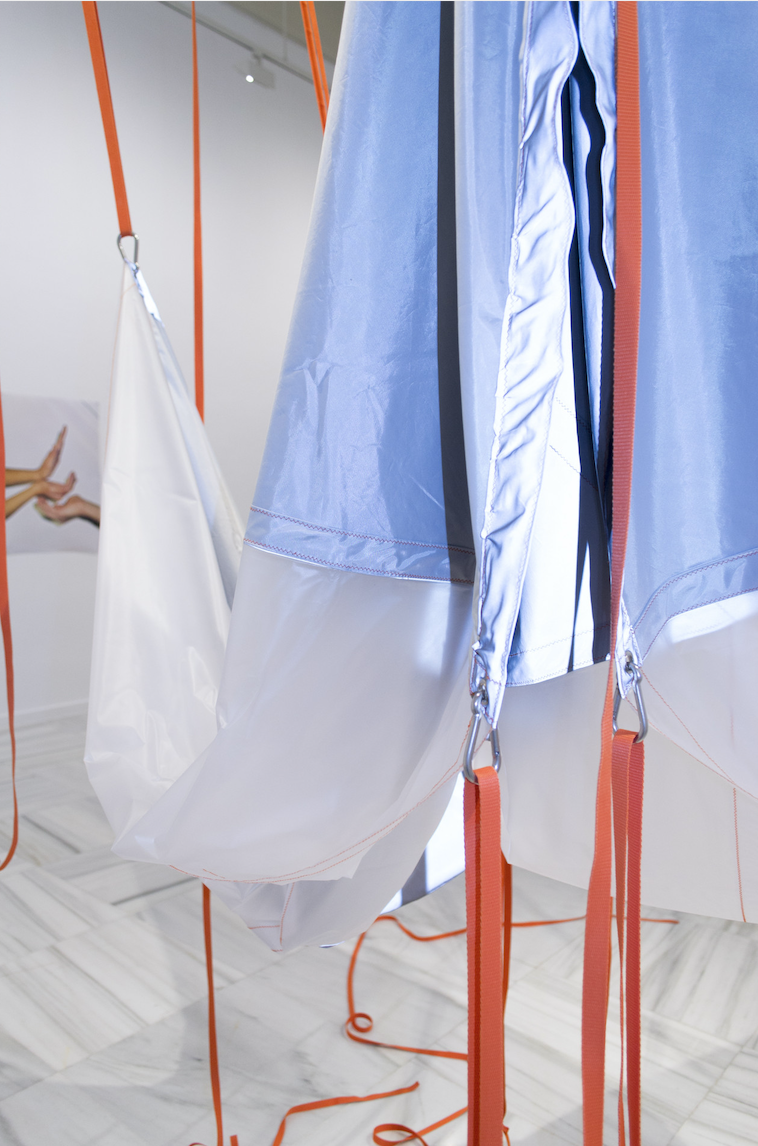Opinion
May Rahola Desire for horizons

"He knows how to look", he tells him. Blue, brown and green, three parallel brushstrokes accompany him for a few seconds. The sea, the sand and the grass cause the stimulus. The eye takes a picture of it, retains it and keeps it. The viewer turned creator. Cuvettes, developer, fixative, test tubes, glazer, hours of red light in the laboratory kitchen. Magnifiers that change the image and look. A look that is educated with contrasts, lines and frames. Fragments of stopped time. Life sequences impregnated on the paper with the smell of acetic acid. Having the privilege of growing up in the red light cavern and being able to tattoo Sontag: “By teaching us a new visual code... [images] expand our notions of what is worth looking at and what we have right to observe They are a grammar and, even more importantly, an ethics of vision.”
Mey Rahola grows up in the cave of red light and, impregnated with the new visual code, teaches us to read and decipher images of revolt, freedom and modernity; of voiceless voices, of storm and calm with the sails hoisted against the current; counterpoints and geometries that seek the transgression of a world that is beginning, of a world that must come. Flashes of sun and iodine freeing and gathering the restless black fingers dipped in acid to catch the images as they take shape. Restless eyes portend a storm and, on the horizon, the voice of Corrado, the pirate in Verdi's Il Corsaro , darkens the retinas. "Everything seemed to smile at me at the beginning of my life: the air, the light, the whole universe, but an inexorable fate stole everything from me. I will never see the days of innocence reborn.” Few lamentations were heard in the sea of pirates of the Franco regime. Mey Rahola could shout Corrado's lament from the other side, that of the losers, that of the invisible, that of the completely to nothing. Professionalism, recognition and torn freedom. A life erased like the wave that takes away the footprints in the sand. Excess black from a developer that exceeds 18 degrees. Self-portrait of a voiceless voice and re-tattooing Sontag: “All photographs are memento mori . To take a photograph is to participate in the mortality, vulnerability, mutability of another person (or thing). Precisely because of the fact of cutting this moment and freezing it, all the photographs bear witness to the relentless wear and tear of time.”
Velvet-eyed mortality, mutating to survive, freezing sequences of life that remain buried for more than sixty years to resurface on the walls of the Museu de l'Empordà and shake the retinas of those of us who grew up in the cave of the red light , of those who still don't know they can live there and of those who will always find the space that intensifies the grays of the images that remind us that our lives are over but we are not dead. The privilege of finding the walls that support the gaze of a woman with a desire for horizons.








